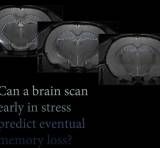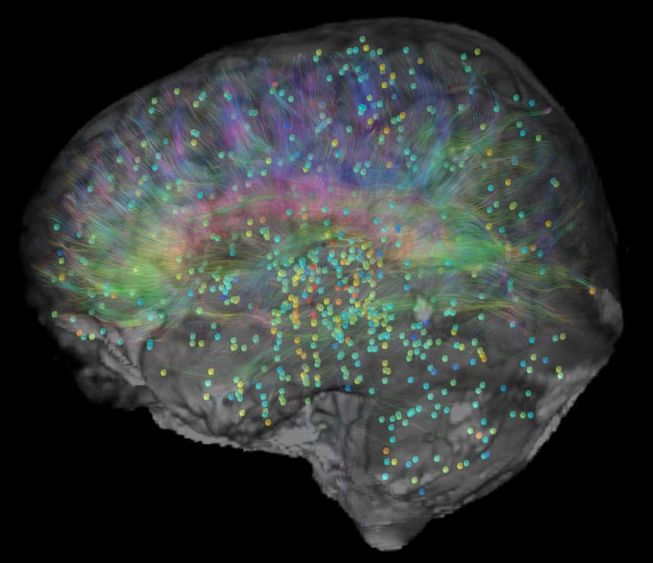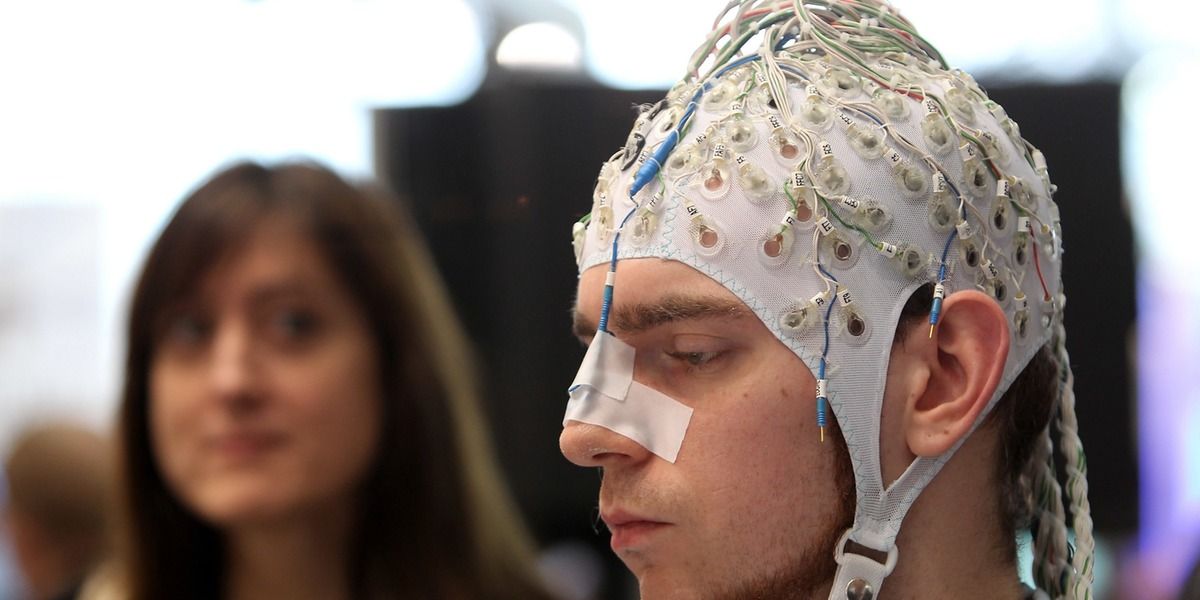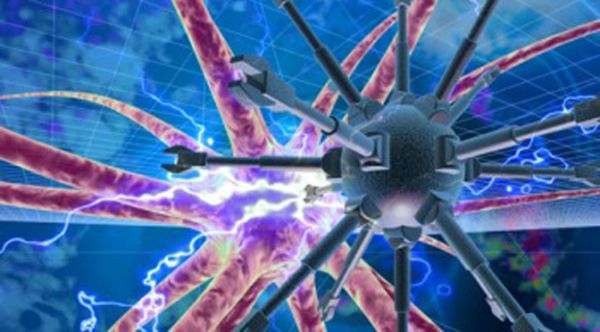Aug 28, 2016
The Cyborgs Are Coming: Mankind Is On The Cusp Of Human Brain Augmentation With BrainGate Technology
Posted by Carse Peel in categories: bioengineering, biotech/medical, computing, cyborgs, neuroscience
BrainGate technology is no longer the stuff of science fiction. The science of interfacing human brains and other biological neurons with computers has been developing for well over a decade and now, the progress is amazing. While the human mind is an amazing organ, that surpasses any computer ever made. Many fantasize about improving on natural skills and abilities using technology in the form of some sort of brain implant. That dream is about to become a reality. In some ways, it already has according to the BrainGate website.
“BrainGate Company’s current and planned intellectual property (the technology) is based on technology that can sense, transmit, analyze and apply the language of neurons. BrainGate consists of a sensor that is implanted on the motor cortex of the brain and a device that analyzes brain signals.”

















